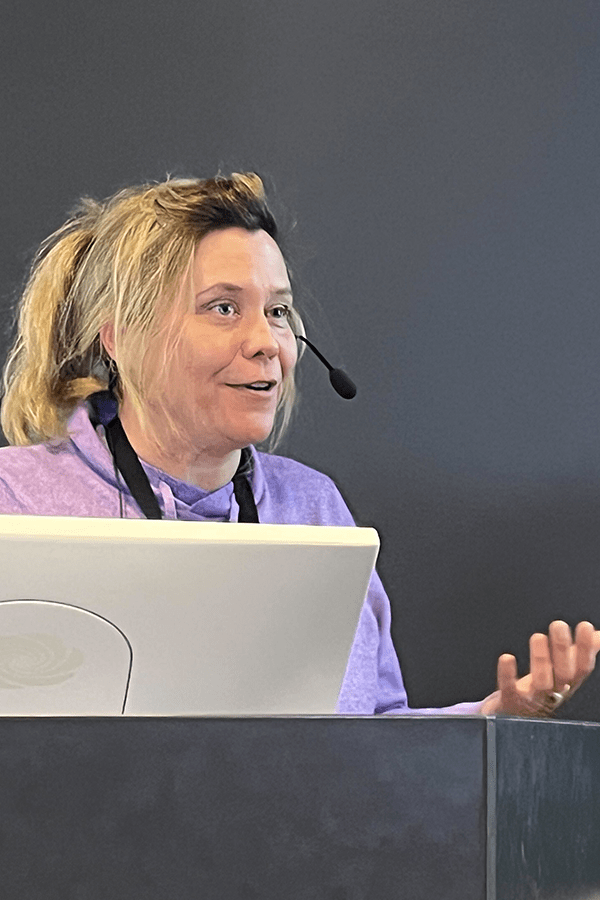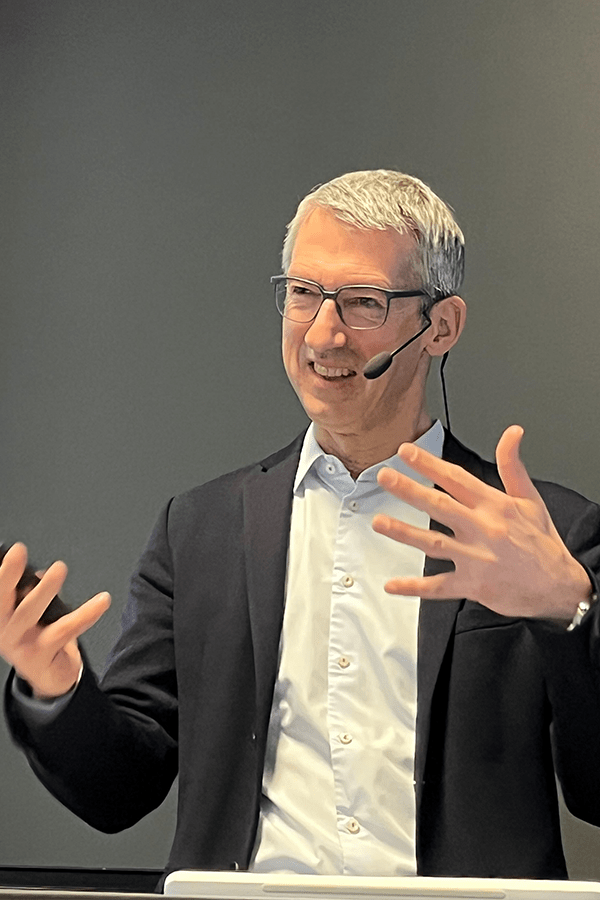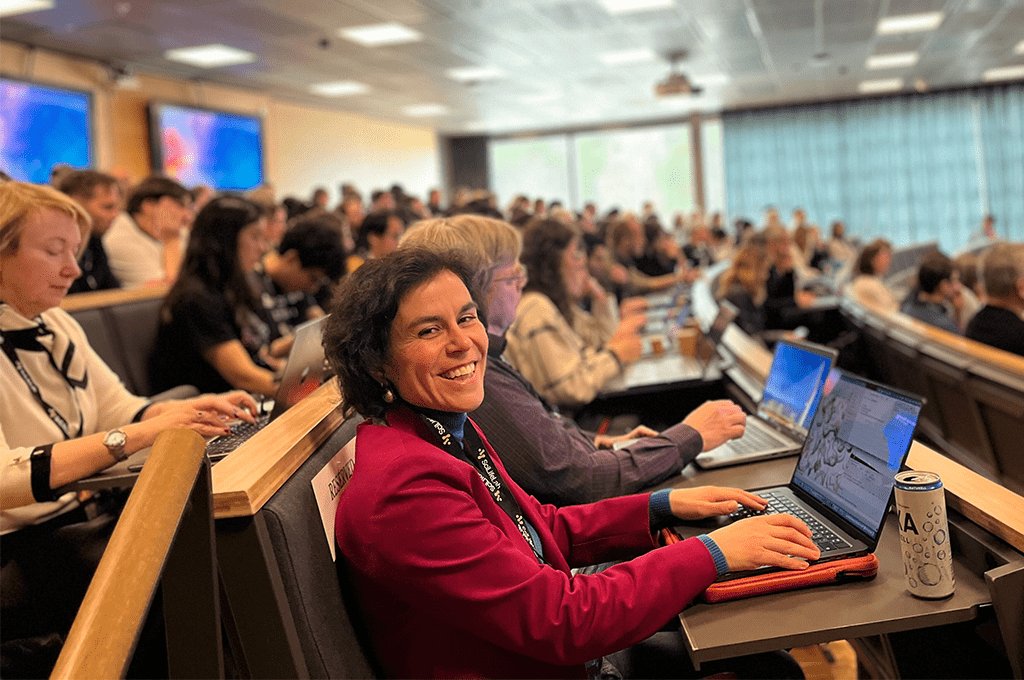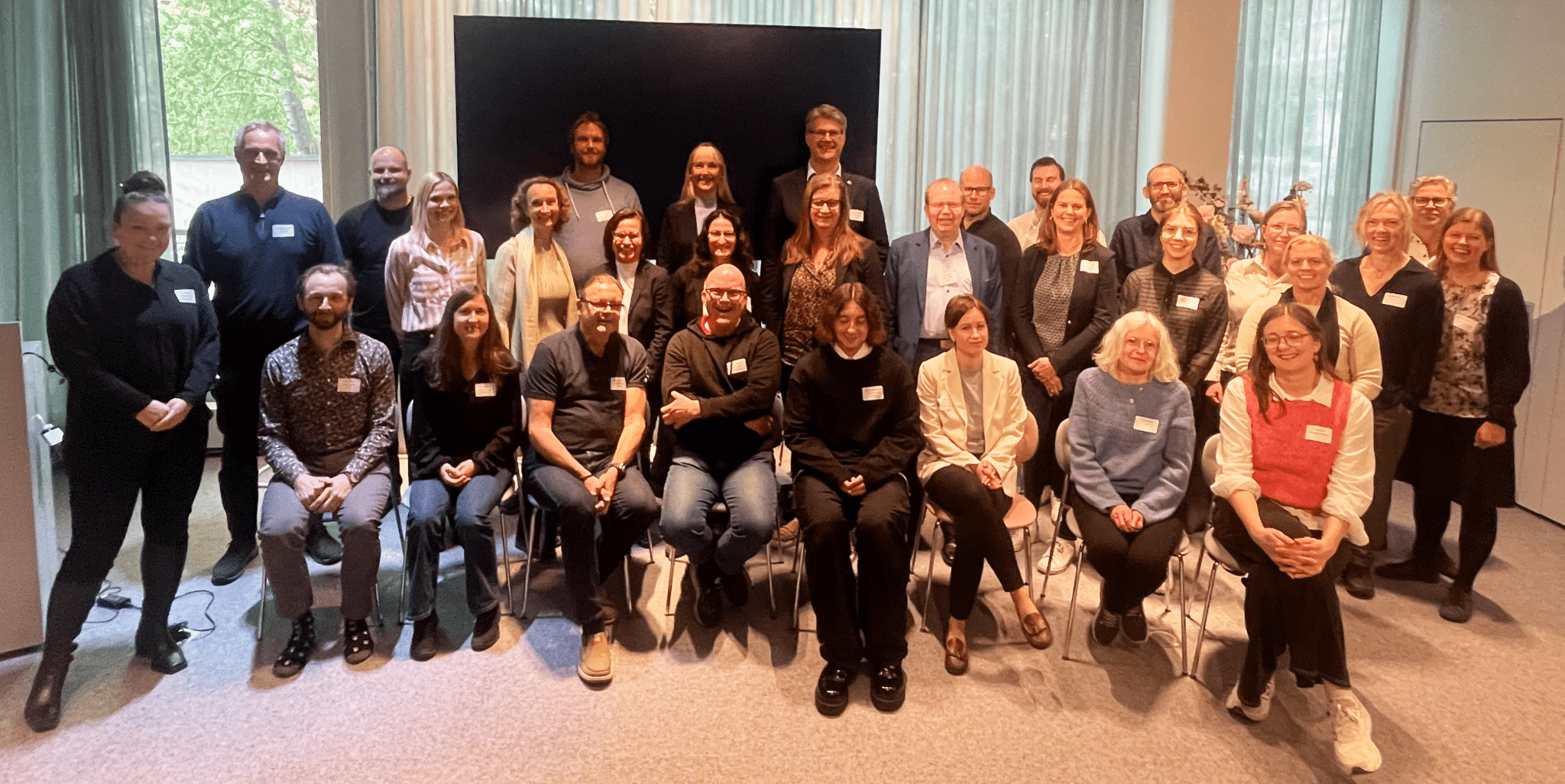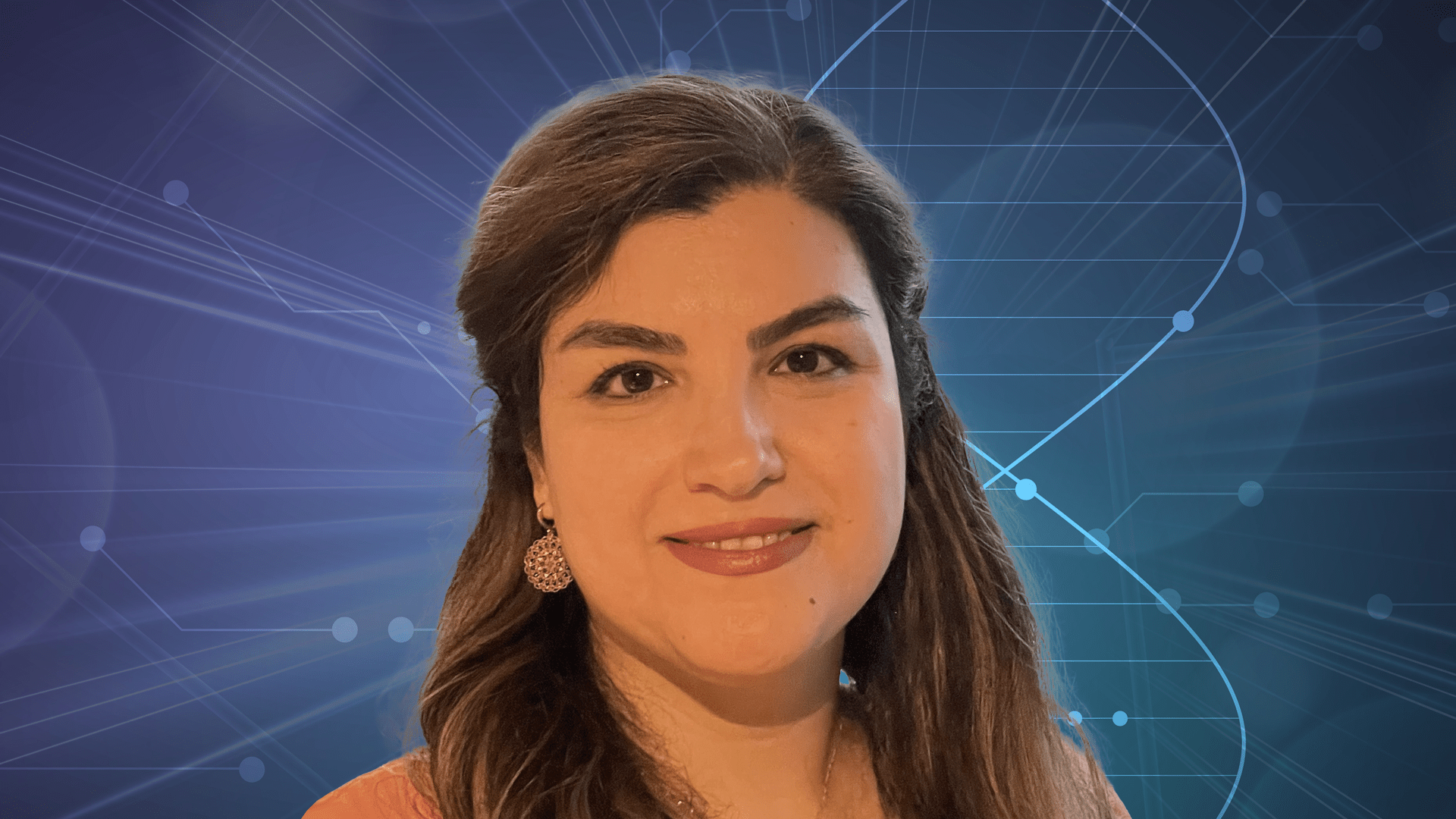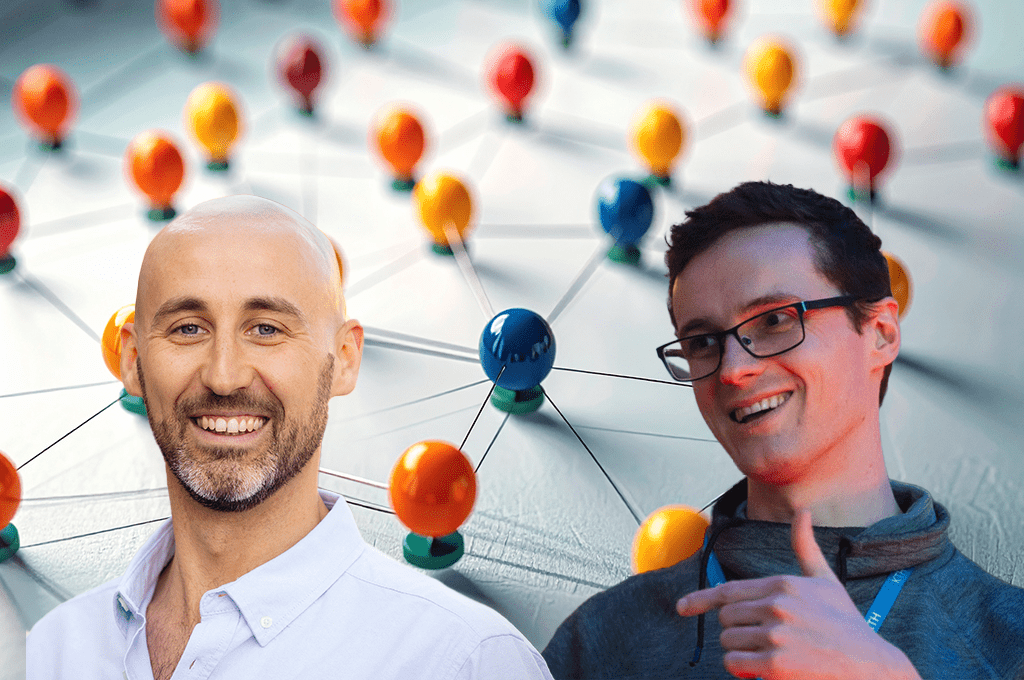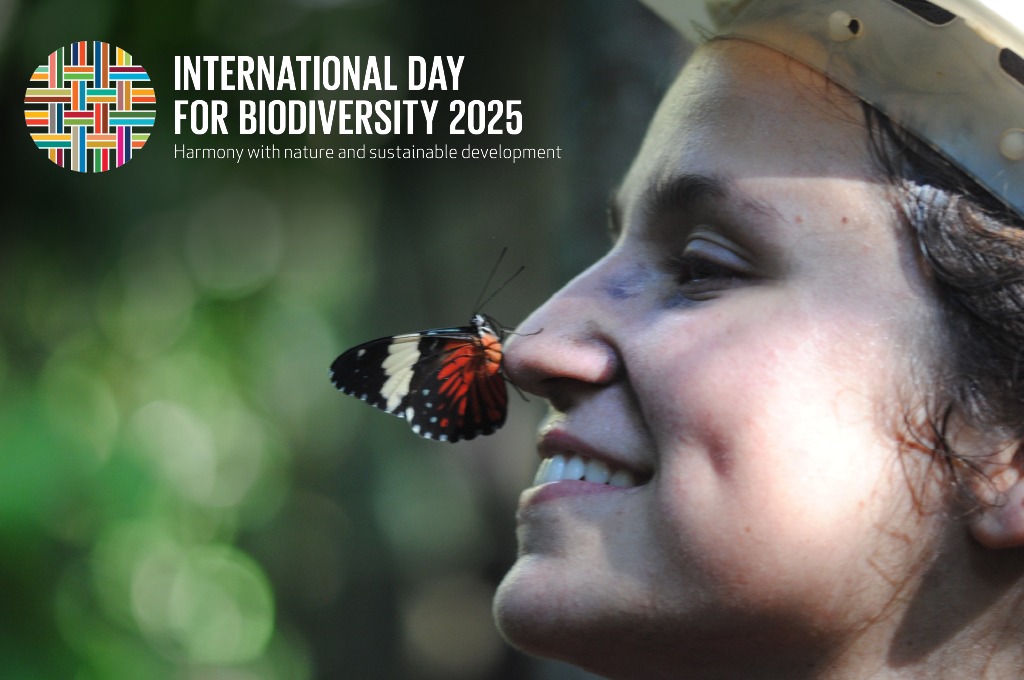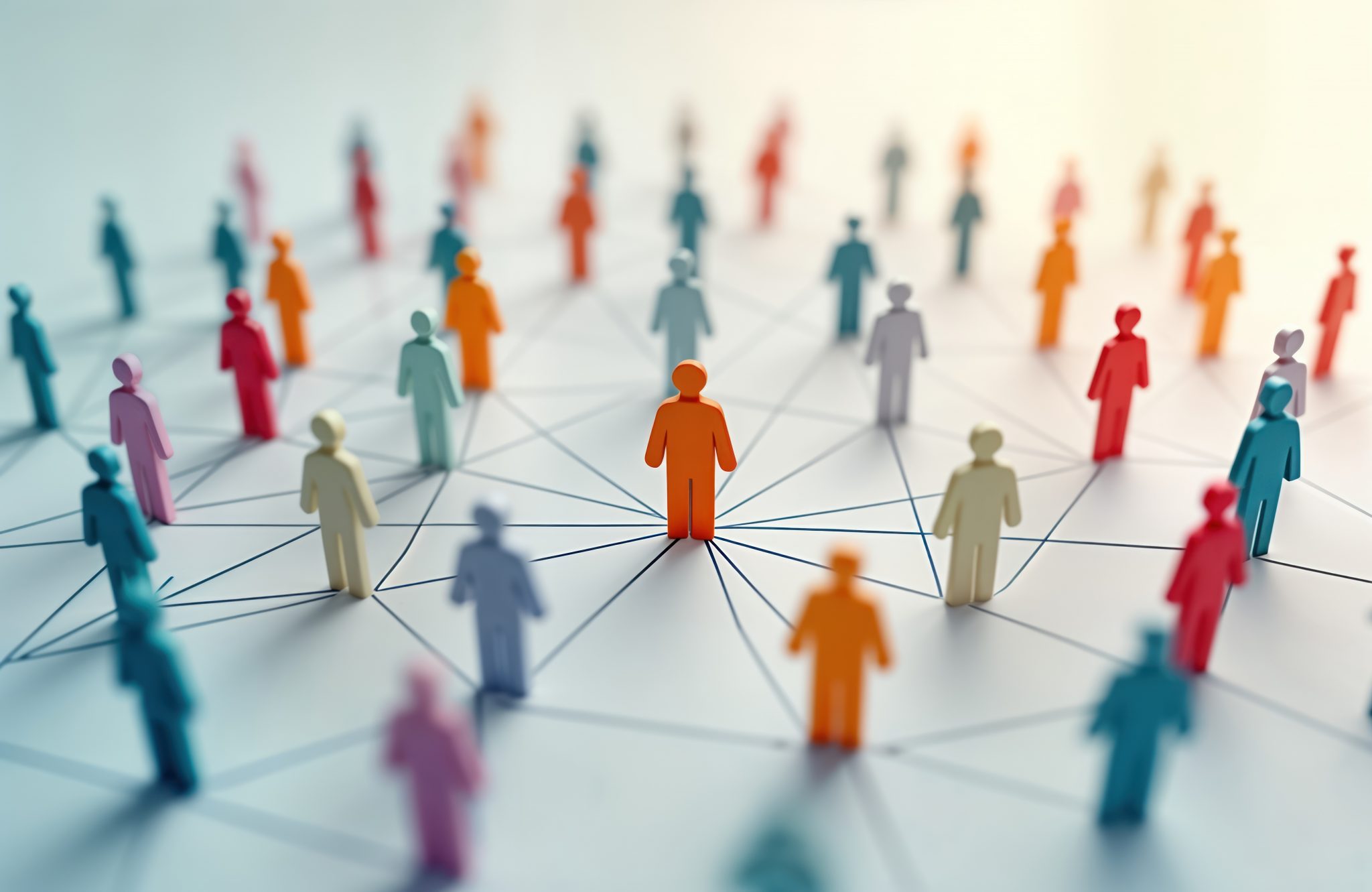DDLS symposium highlights imaging and data-driven research
The SciLifeLab & Wallenberg National Program for Data-Driven Life Science research area symposium on Imaging in Cell and Molecular Biology took place at the Ångström Laboratory in Uppsala on March 17-18, 2025. The event gathered researchers from academia, industry, and healthcare to discuss recent developments in data-driven life science and foster collaboration.
The significance of the symposium’s focus on imaging and AI was highlighted by one of the main organizers, Ida-Maria Sintorn.
“As an image analyst, it is fantastic to see the great interest for the imaging theme and to welcome the DDLS community to Ångström, the computational and AI heart of UU! It is amazing to see the vibrant discussions and presentations, providing inspiration and ideas for new research, discoveries and collaboration in the crossroad of cell & molecular biology, novel imaging techniques, and AI/machine learning.”, said Ida-Maria Sintorn.
SciLifeLab researchers contributed with additional presentations on imaging and data analysis. Sverker Holmgren introduced national data services for imaging, detailing the development of an Open Microscopy Environment (OMERO) for image data management, analysis, and sharing. DDLS Fellow Wei Ouyang discussed the role of generative AI in cell biology, focusing on AI-driven automation in microscopy and robotics.
Jan Ellenberg, Director of SciLifeLab, was also among the key speakers, presenting his work on quantitative imaging of protein networks and genome structure in single human cells. His talk highlighted advances in imaging technologies that enable detailed insights into molecular mechanisms at the cellular level.
The symposium also included talks from international and national experts, covering a broad range of topics in imaging and data-driven life science. Marta Carroni presented structural insights into bacterial protein disaggregation and proteolysis, emphasizing the role of cryo-electron microscopy. Anja Hauser discussed functional, multidimensional optical microscopy for analyzing myeloid cell function during bone regeneration. Rasmus Krogh Norrild introduced high-throughput experimental approaches to quantify the thermodynamics of biomolecular condensate formation. Erdinc Sezgin explored how physical properties of cells and nanoscale bioparticles can serve as biomarkers for health and disease, and Eduardo Villablanca highlighted the use of spatial transcriptomics to unravel the molecular architecture of the intestinal barrier, providing insights into mucosal healing and tumorigenesis.
With a focus on imaging technologies and computational approaches, the event provided a platform for interdisciplinary discussions and knowledge exchange in data-driven life science.
